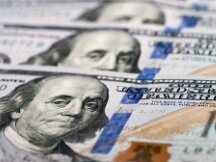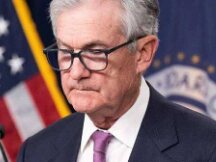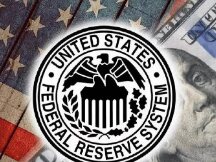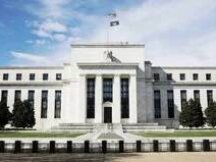New York Fed Creates NYIC to Study Central Bank Digital Currency
On November 29th, the Federal Reserve Bank of New York announced that central bank digital currency, fixed income and cross-border payments, contracts, etc. .
Fed Chairman Jerome Powell said the partnership with the International Monetary Fund would support the Fed's digital banking analytics and help improve current payments. He said future NYIC research will focus on faster and cheaper cross-border payments.
Recently, Powell announced that a previously delayed report exploring financial problems amid the financial system will be released next week. This information is expected to be released in September this year.
Currently, many countries around the world are promoting digital banking investments, and Caribbean countries like the Bahamas have announced it, and some countries including China have entered the basics. In contrast, the digital dollar research process has been slow and remains a proof of concept, and no Fed-led research report has been released. Even at the Fed, there is no consensus on the need for digital rates.
Fed Vice Chairman Randal Quarles, who will be out later this year, said the potential benefits of a digital dollar by the end of June this year remain unclear. Digital money can be a big risk.
"The advent of digital currency could pose a major challenge to financial institutions that rely on deposits to support families and businesses in need of credit," he added. Money can restrict credit, which will change the image of the company.
He also noted that the US dollar is highly digitized and there is still uncertainty about whether digital currency can improve financial performance and reduce costs. private enterprise.
Richmond Fed President Tom Barkin agreed. He said the US dollar is now a digital currency and many payments are made using digital devices, such as online payments.
Powell himself was very cautious about digital money. In November 2019, in a letter to two congressmen, he said the Fed no longer intended to announce a digital bank. He reiterated that the announcement of the digital financial institution in 2020 is a milestone in the financial industry and requires careful planning, so there is no need to rush the issuance of digital currency.
But by 2021, Powell's attitude is slowly changing. He said in July this year that he had not yet judged himself on the pros and cons of digital banking, but he hoped to gain support from across society and government, including in law. its leaders. published. .
At the same time, within the Federal Reserve, there are strong supporters of central bank digital currencies. The legal representative is Lael Brainard, recently elected Vice Chairman of the Federal Reserve.
He said "digital banking education from the Fed will be the most important thing," he said. Spreading “emergency,” a growth in central bank digital currencies should be seen as a benefit to money and bank accounts, not a change.
Brainard's stance on coin stability policy is also stable. "Private money presents the risk of doubling payments in new ways, which can pose a threat to consumers and, in most cases, to financial security."

Scan QR code with WeChat






























